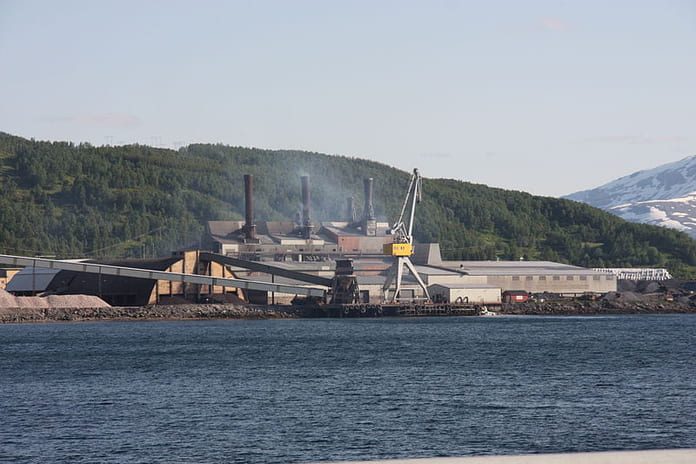The concept is to produce algae in a 3.5 million litres pilot tank. Because the algae are produced with flue gas captured from the smelter, they are considered climate negative. They will thus offset the emissions from the 40 to 50 per cent of the feed ingredients that are not algae, writes Teknisk Ukeblad.
Ordinary fish feed has a CO₂ footprint of 2-2.5 kilos of CO₂ per kilogram produced, the new feed, on the other hand, would be CO₂-neutral.
“We envisage that the proportion of algae in the feed will be between 50 and 60 per cent. This replaces small fish such as anchovies and sardines, and some of the terrestrial ingredients,” said project manager Hans Eilertsen at the University of Tromsø.
The project, called Algoptima, has received NOK 93 million (€9.1 million) in support from the Norwegian Research Council’s Green Platform. It is the smelters in Finnfjord, Nofima, Cargill and Flakstadvåg salmon that receives the public support.

